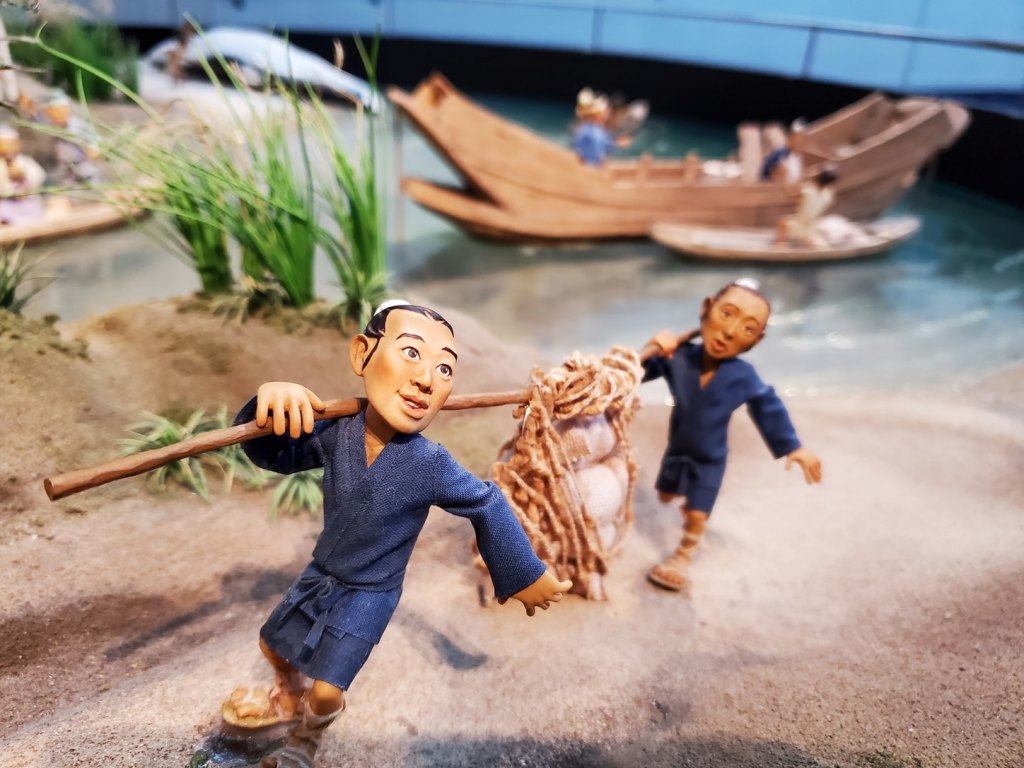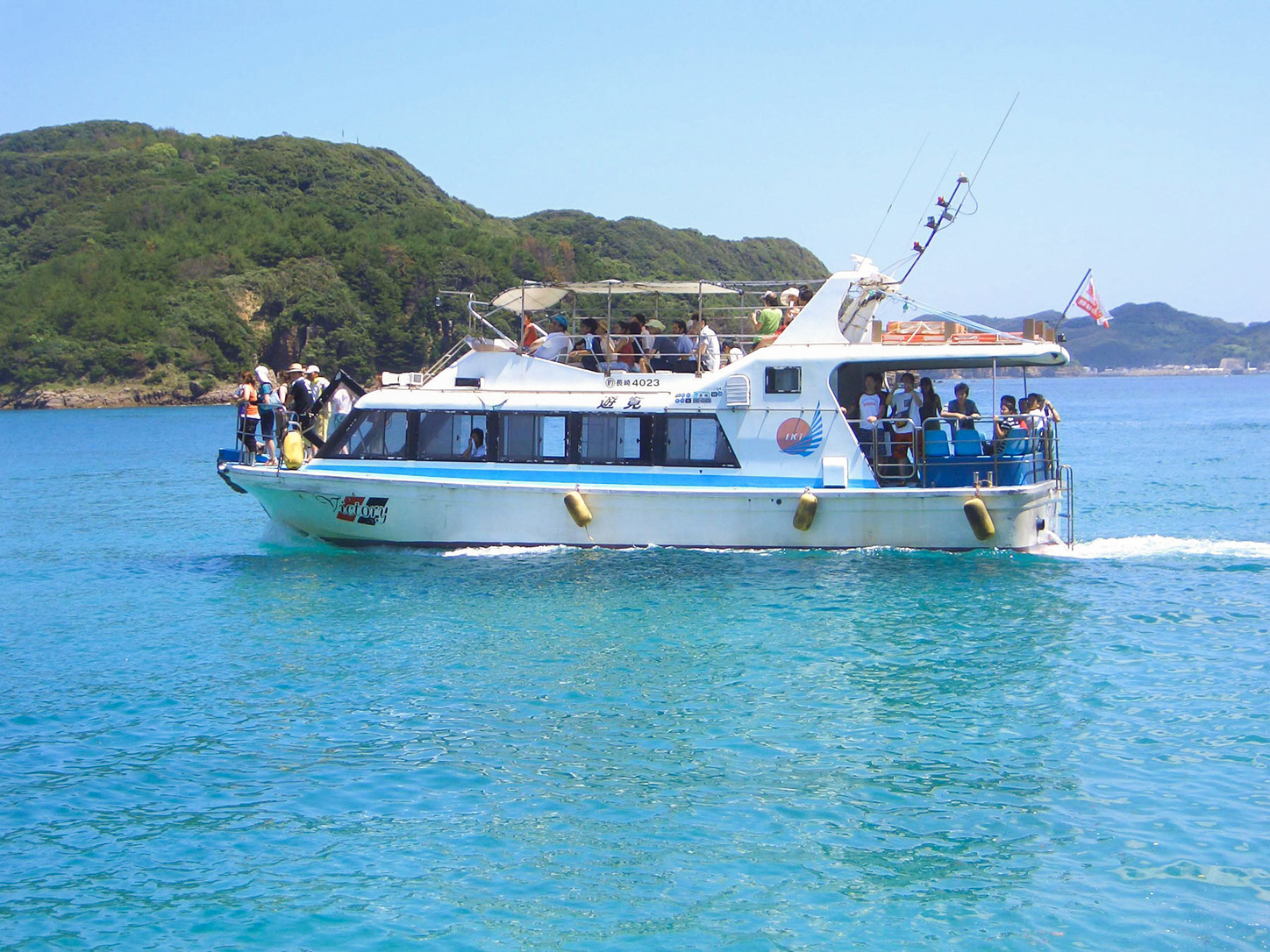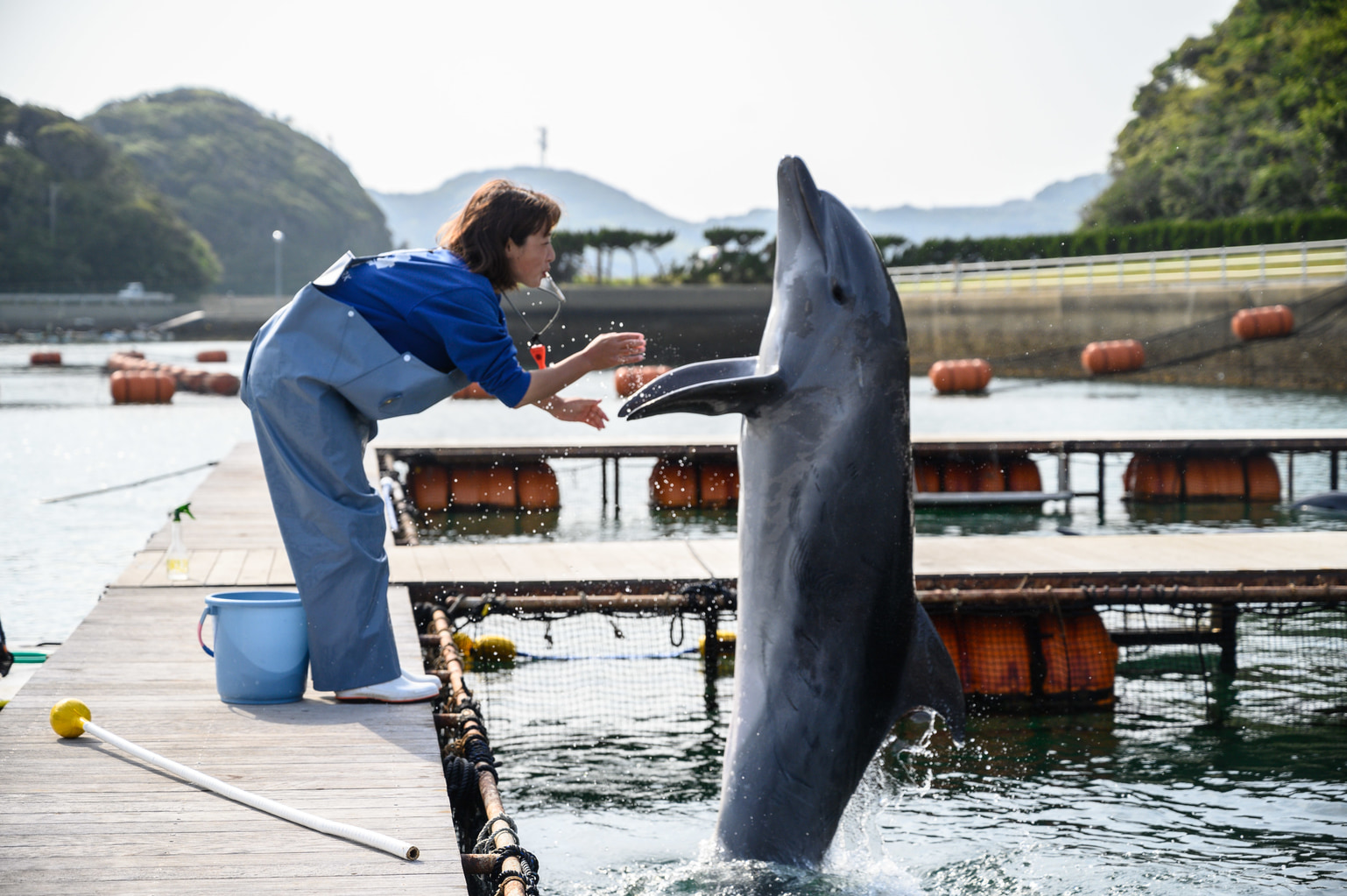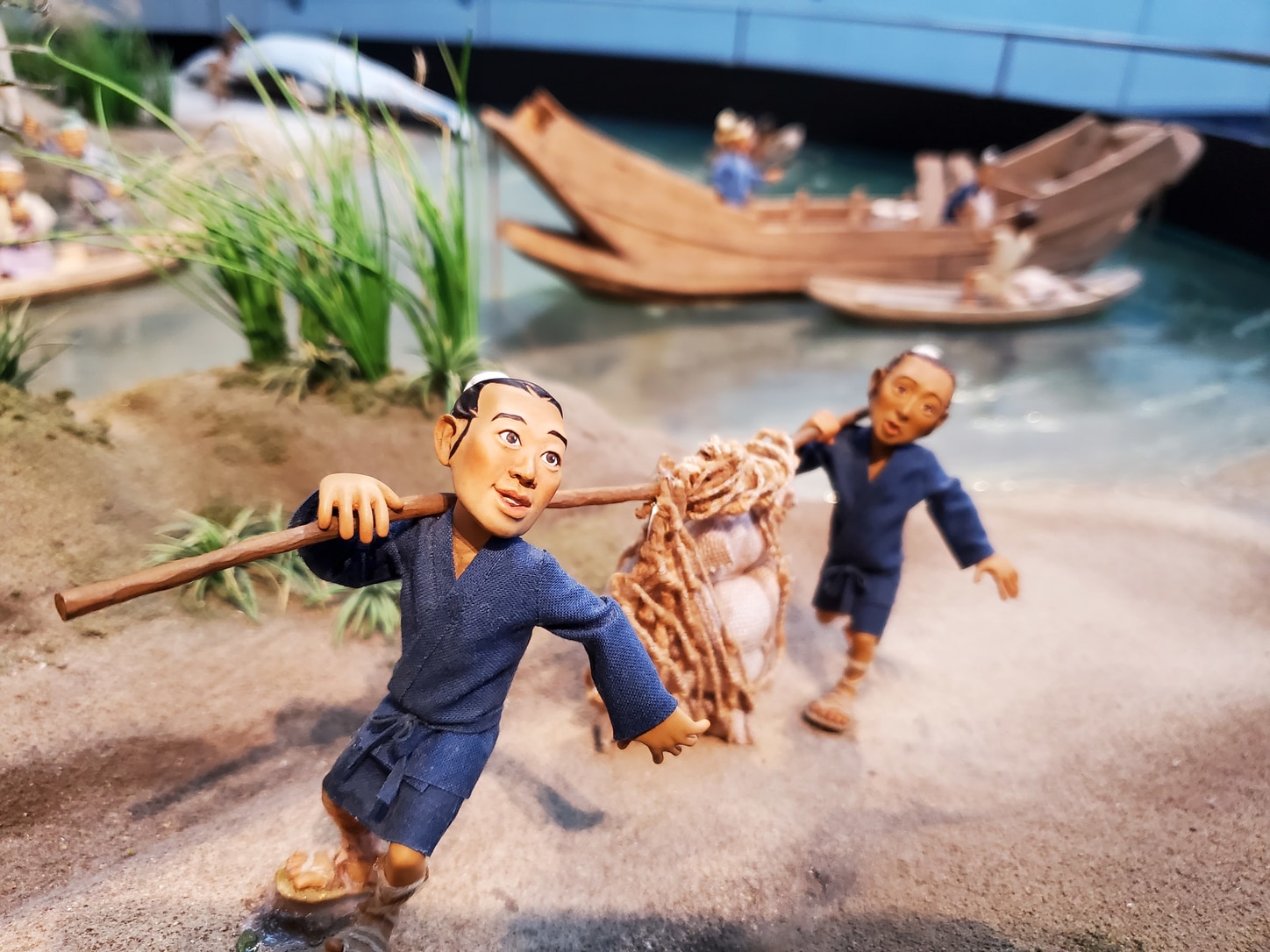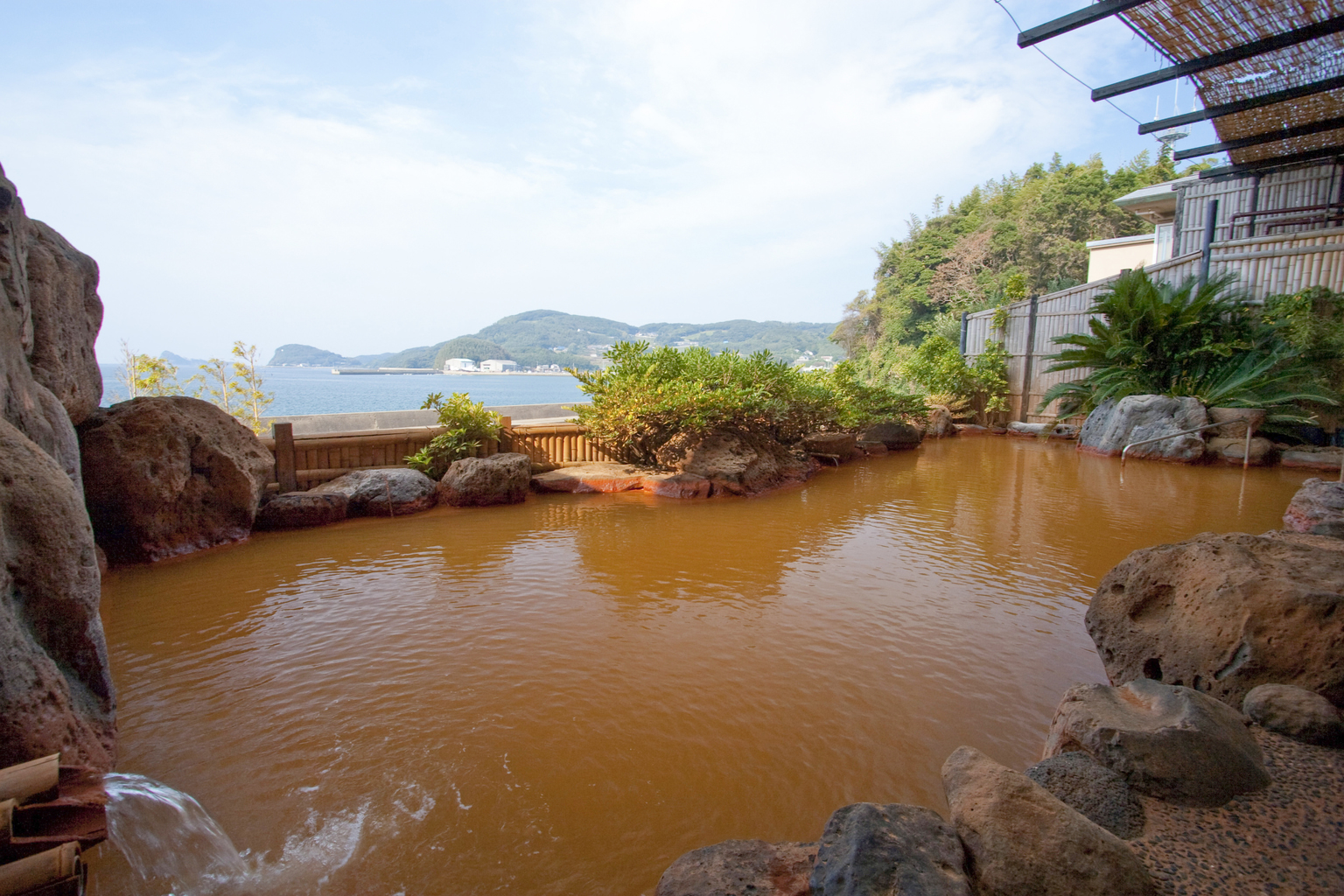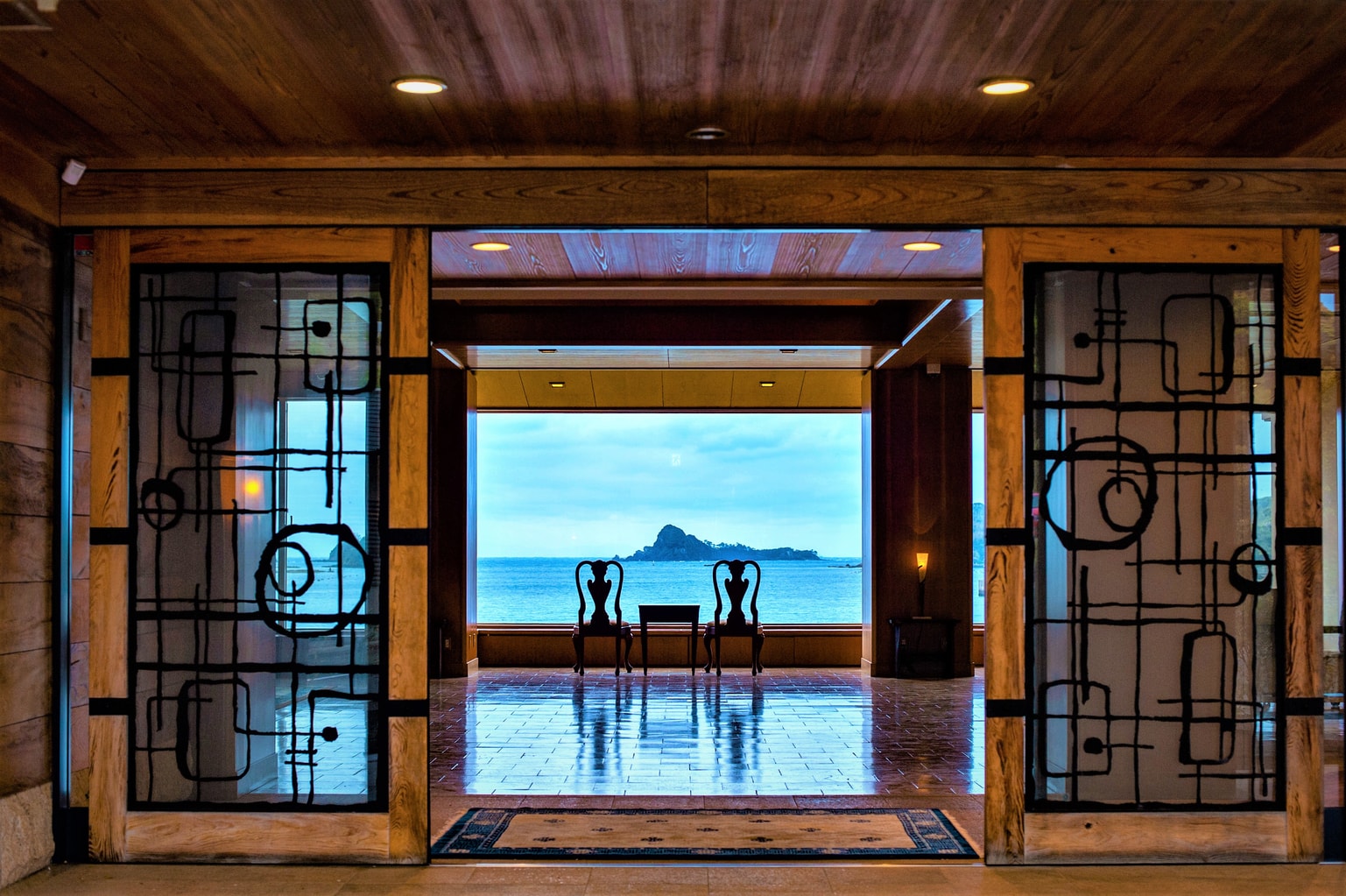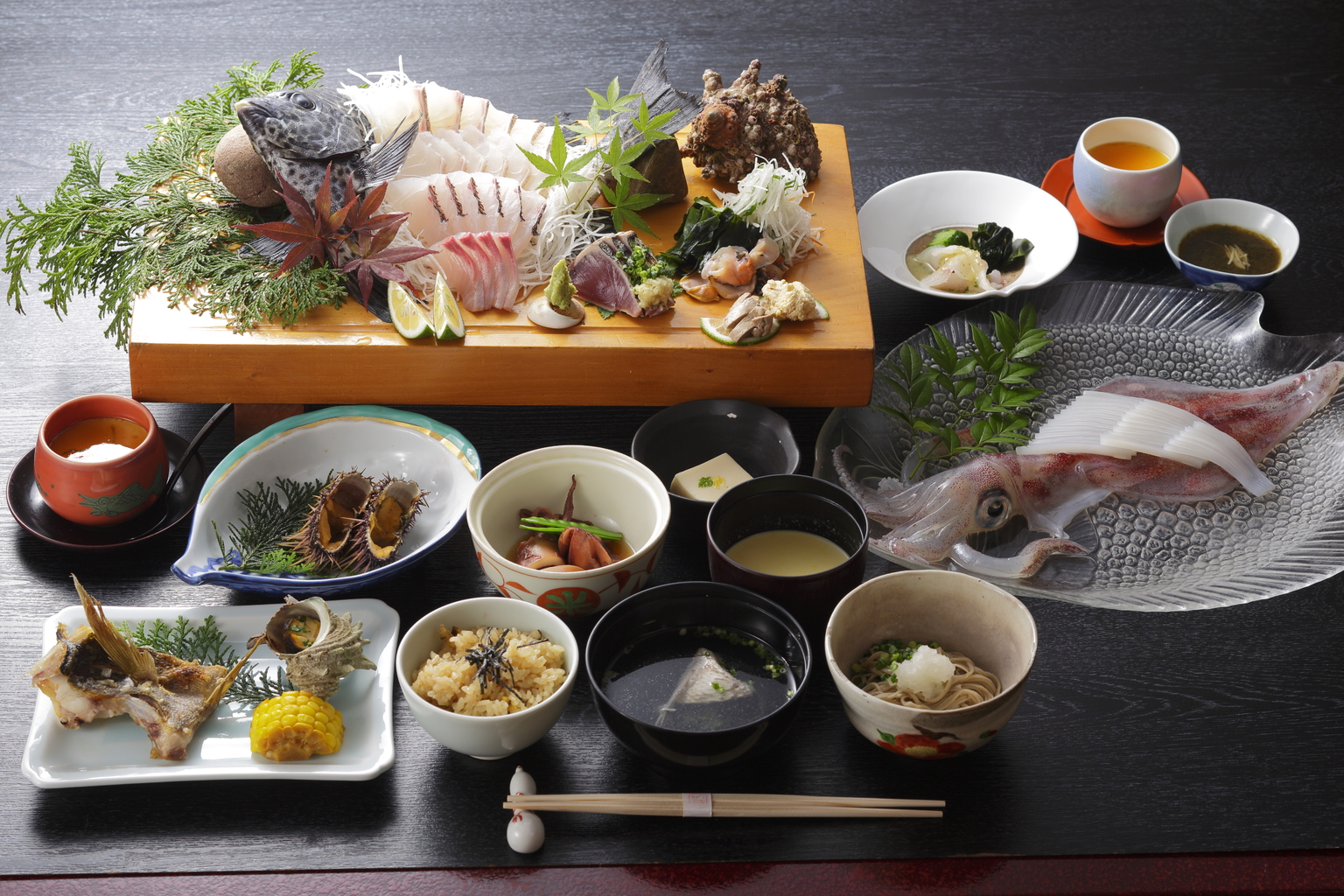Nagasaki Prefecture’s tiny Iki Island offers more than the pristine white sands of Tsutsukihama Swimming Beach and emerald green-and-turquoise blue waters. Located between Japan’s southwestern Kyushu region and the Korean peninsula, the 17km-long and 15km-wide subtropical beach getaway can be traversed by car in about an hour. You’ll find onsen (hot springs), a dolphin sanctuary, shochu distilleries, outdoor adventures, age-old spirituality and a fascinating history from one of the oldest Japanese kingdoms to have communicated with China. It’s the perfect antidote for pandemic-weary travelers looking for a place to reinvigorate their souls.
1. Two-Wheel Therapy
There’s a reason why Kyushu’s largest-class cycling race – the Iki Cycle Festival – is held here every year (although this year’s race was canceled). Biking around Iki Island with the breeze blowing in from the Genkai Sea is a therapeutic experience: the ride comes with a constant stream of picture-perfect scenes of lush greenery, barley and rice fields, craggy inlets and idyllic fishing villages.
There are six rental outlets located throughout Iki. Rent an electric bike (starting from ¥1,100) at Gounoura Port in the southwest and pedal to the devil’s footprint and famous gorilla rock at Makizaki Park, a retro shopping street with all manner of seafood products, and Sai Shrine, which may make some blush with its unabashed devotion to symbols of the male libido.
For more info, see this website (Japanese only)
2. Tatsunoshima Sightseeing Cruise
Hop on a cruise to Tatsunoshima, an uninhabited island located about 2km off the coast of the northernmost tip of Iki. From Katsumoto Port, take a 40-minute ferry tour (¥1,500) around this natural wonder where you’ll be mesmerized by gradations of emerald green and blue waters. Feel like you’re in a David Attenborough documentary as the skilled captain inches close (when the weather permits) to precipitous cliffs, wave-battered caves and dramatic rock formations said to resemble creatures from wolves to mammoths. Fork out an extra ¥500 for a combo ticket that allows you to step ashore and literally get a slice of paradise lost.
For more info, see this website.
3. Iki Dolphin Park & Resort
Located in a natural cove about 15 minutes by car from Ashibe Port, Iki Dolphin Park & Resort was first built in 1995 before it was overhauled in 2019. The marine park takes advantage of its natural surrounding environment to let you interact with the park’s five dolphins. Visitors can swim with them or even participate in half-day to three-day trainer programs. The park also offers stand-up paddle boarding, pilates, BBQ and camping facilities where you can spend the night under a star-lit sky listening to campfire crackle.
For more info, see this website.
4. Ondake Shrine
Iki has been called an island of the gods since ancient times. About 1,000 shrines are said to dot the island, of which about 150 are officially registered. To fully soak up its mystical power, a shrine visit is compulsory. Located near the peak of a 156-meter-tall mountain is Ondake Shrine, where the first gods were believed to have descended on Iki. Making your way up there requires certain effort, but you’ll be rewarded with amazing views from an observation tower, as well as the company of more than 200 stone monkey statues donated by worshippers and the presence of a large boulder (behind the worship hall) considered to be so divine that compasses do not work regularly in its vicinity.
For more info, see this website.
5. Iki City Ikikoku Museum
Built on a hill in the southeastern part of the island and overlooking the Harunotsuji Archeological Site, the museum – featuring a curved design and roof covered with natural turf – is a sight to behold. Iki has been home for people since prehistoric times and excavations here have uncovered artifacts dating as far back as the Jomon period (14,000–300 BC) and burial grounds of the Kofun period (250–538 AD). The museum’s collections and exhibits include records and archeological artifacts – some of which visitors are allowed to hold – related to the island’s historical sites, including Harunotsuji.
For more info, see this website.
6. Yunomoto Onsen (Yunomoto Hot Spring)
No wellcation is complete without a visit to an onsen. Iki’s answer to that is Yunomoto Onsen, where the distinctive brownish orange hot spring water (high in iron and salt content) that gushes out from the ground is said to be effective against nerve pains, skin diseases and other ailments. The village has 14 diverse hot spring facilities. Legend has it that Yunomoto Onsen can be traced back to approximately 1,700 years ago, when emperors received their first baths as babies. Therefore, it is also said that those who visit here will be blessed with children. Or you can simply soak your troubles away amid breathtaking views of the sun setting over the island.
For more info, see this website.
7. Iki Kairi Murakami
This exclusive retreat combines the best of a modern luxury hotel (it has an exquisite spa and gym) and traditional Japanese ryokan. It describes itself as a “scenic small sanctuary on an ancient island,” and it’s exactly that. It has 12 rooms that come with open-air hot spring baths – drawn directly from the source. But the star here is unmistakably the Genkai Sea: each room is designed with floor-to-ceiling windows to frame the stunning unobstructed sea views outside. Dining at the retreat is equally decadent as its master chef offers culinary adventures crafted from local seafood and other seasonal products such as Iki beef, a type of wagyu.
For more info, see this website.
8. Ryokan Hirayama
Ryokan Hirayama offers a traditional alternative in terms of accommodation. Located near the center of the island, its Japanese-style rooms are perfect for unwinding after a day of exploring. It has a personalized, friendly atmosphere. A sustainable lifestyle and recycling society is supported here, as organic vegetables are grown on site, leftover food from meals is fed to the animals and sea urchin shells and chicken waste is used to fertilize the fields. A night’s stay here, combined with soaking in its mineral-rich onsen, followed by a beautifully prepared dinner of Iki seafood and the freshest produce plucked from local fields, is the sublime detox that you know you deserve.
For more info, see this website (Japanese only)
How to Get There
From the Hakata Ferry Terminal, Fukuoka: 1 hour by jetfoil or 2 hours and 25 minutes by ferry
From the Karatsu Port, Saga: 1 hour and 40 minutes by ferry
From Nagasaki Airport: 30-minute flight
Sponsored Post

